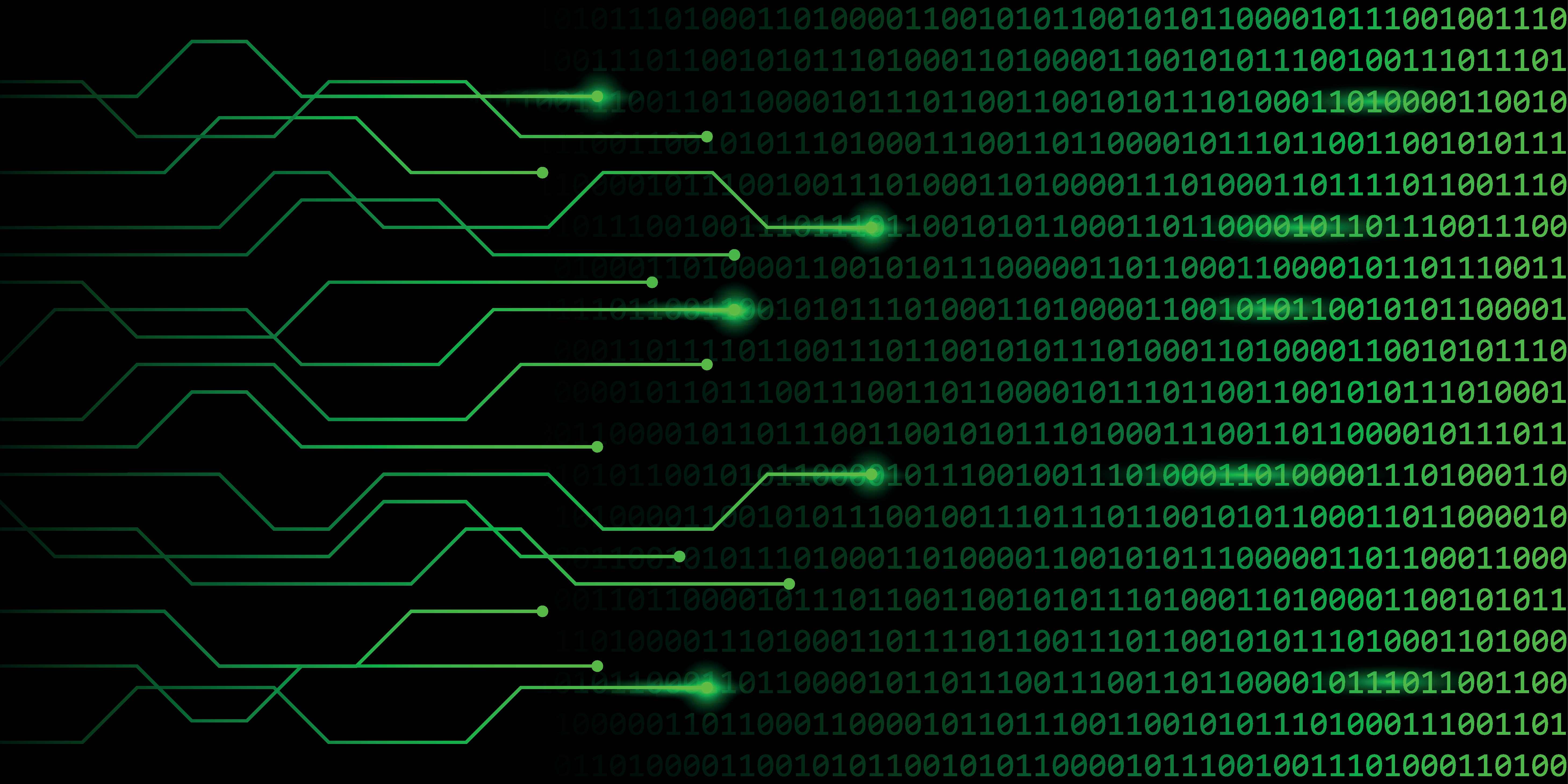Coding for reliable, secure networks and efficient energy systems
The overarching research theme of the Coding and Visual Communication group at DTU Electro is using coding technology to create efficient and secure communication and information systems for the future.

Coding technology is fundamental for providing efficient, reliable and secure communication. It is an enabling technology for sustainable digitalization of today’s communication and cyber society where the goal is to achieve the highest information throughput for the minimum energy and hardware consumption.
We code image and video data to provide live high-quality video using limited communication resources, and our research in error-correcting coding provides reliability in e.g., the wireless networks, quantum communication, and communication on the internet. Coding also provides security in communication and information systems, which is still more important in connection with the digitalization of society.
Coding for inspection of energy systems
Our image and video coding activities provide efficient visual communication technology as multimedia applications where a variety of image and video data need to be coded efficiently for optimal quality and the use of the available communication bandwidth or storage capacity.
Examples of research activities include drone imaging communication and multi-camera systems. The group covers selected topics of the full signal chain from capture to display.
The drone imaging projects are centered on inspection of energy systems as solar panels and district heating using infra-red imaging, supporting efficient green and sustainable energy systems for society.
Multi-camera and high-dynamic-range (HDR) systems can provide multi-view video and light-field images striving to reproduce visual scenes as close to real-life as possible. Learning-based methods are applied to both topics.
Coding for reliable networks and secure systems
Advanced error-correcting coding ensures reliable communication for wireless and optical communication and for both core and access networks. All present wireless systems apply error-correction and they would not function without.
In optical communication, forward-error-correcting coding (FEC) is a strategic discipline of increasing importance for high-capacity long distance transmission. We are researching new methods for Terabit/second optical communication for Data Center Interconnects and core-systems, with bit error probabilities as low as 10-15 and better.
For secure communication, we
research quantum technology. Coding in Quantum
Key Distribution (QKD) can provide and distribute provably secure keys for
various forms of future cyber-systems, which is important because cyber wars
and cybercrime are becoming a growing threat to society.
Communication and information theoretical design of optical systems
Understanding the theoretical limits of communication systems is a key to their efficient design. We are applying information theoretical methods to the analysis of optical fiber networks, as well as discrete sub-systems. We are performing signaling optimization through constellation shaping to approach their limits. Machine learning-based channel modeling and automatic differentiation optimization methods are of interest for this task.
We study various digital processing blocks of the transmitter-receiver chain and develop novel approaches for such functionalities in order to improve the throughput of the optical system. Constraint optimization is a key method for achieving higher throughput while keeping the algorithmic complexity of the digital sub-systems down to an acceptable level.
Contact
Søren Otto Forchhammer Group Leader, Professor sofo@dtu.dk